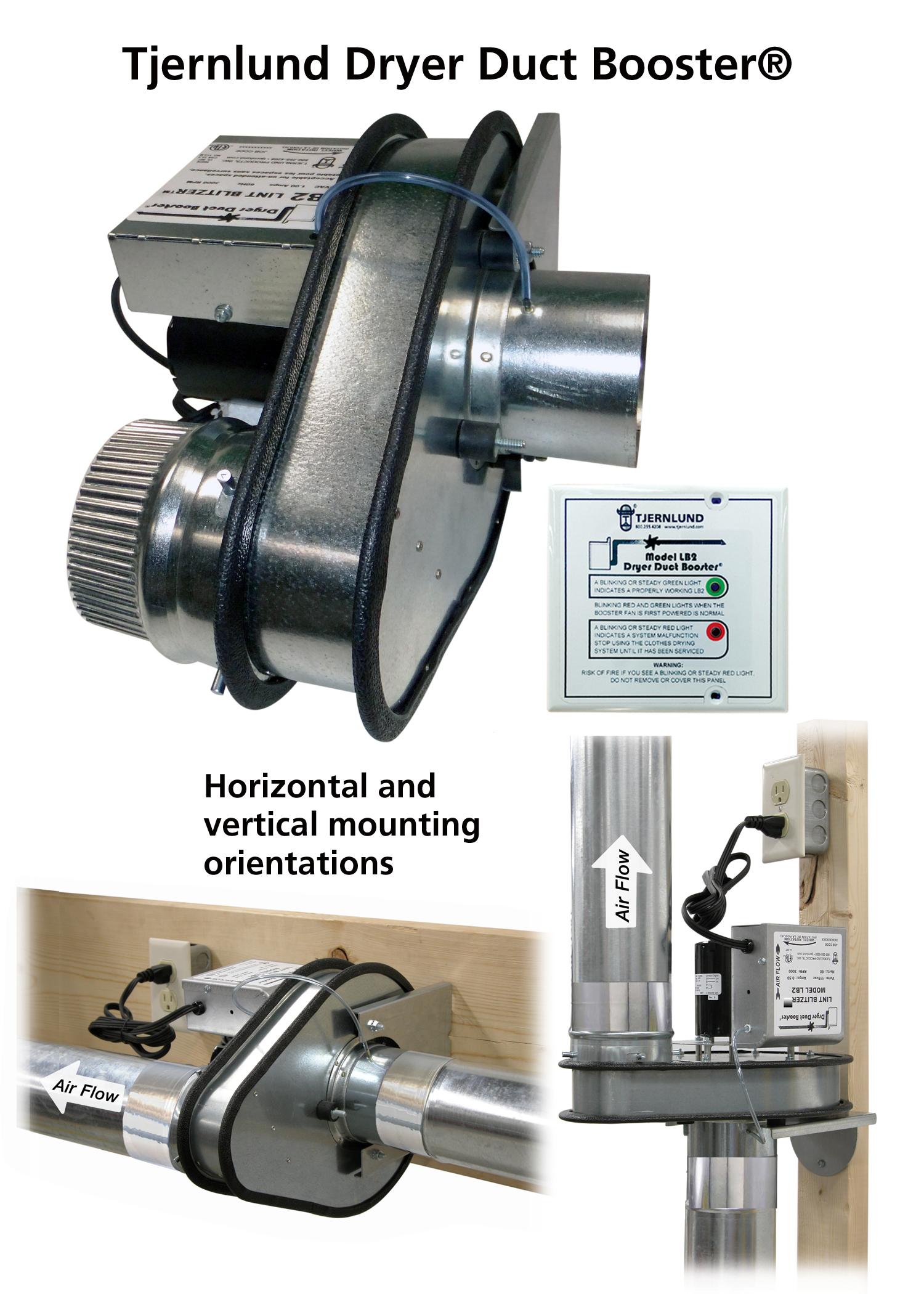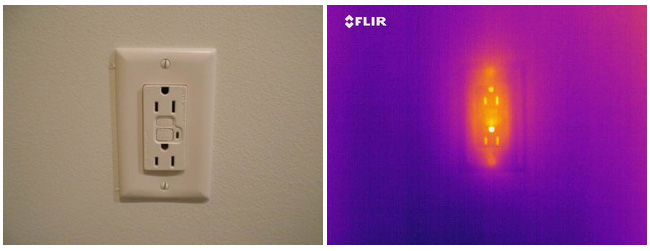
Easy Home Fixes in the Summer
When it gets warm, it's tempting to ditch any housework for the beach or the golf course. Hard as it may be, consider suppressing that urge for a few weekends, because some fairly easy work can improve the state of your home, give it an appearance makeover, and even save you some money.
Keep Your Cool With a Fan
There's an easy trick to keeping cooler and saving money, and it's as close as your ceiling fan. Switch the ceiling fan's blades so the leading edge is higher as the fan turns, so you can feel the breeze from the fan as it rotates. This simple action will push cool air down, enabling you to set the air-conditioning lower and save money on energy.
Clean Your Dryer Vent
Without some maintenance, your dryer could cause a house fire. The U.S. Fire Administration reports nearly 16,000 dryer fires occur annually, which happen largely because dryers' vents get clogged with lint and dust. Thankfully, you can avoid any unnecessary dryer-caused danger with a few simple steps. First, you'll need a vent-cleaning brush kit, which can clean your dryer vent tubing more thoroughly than a vacuum cleaner can. Begin by cleaning the dryer's lint trap housing with a smaller brush to remove as much lint and dust as possible. Then disconnect the dryer duct from the dryer and the wall for a thorough cleaning. Also use a brush to clean the vent on the outside of the house to keep both ends clean and free of lint. A dryer fire is just the sort of thing you'll want to be sure you're covered for. Check out Allstate's property insurance for information on making a smart protection decision.
Keeping Your Property-and Family-Safe
While you're making sure your house is in order, you'll want to ensure your backyard is safe, too. Our Keep Your Backyard Safe and Hazard-Free article can help you make sure your kids can play in the backyard without worries of potential danger. And our Make Summer Activities Safer article can help your entire family have a busy, fun, and safe summer. And if you have a swimming pool, our Swimming Pool Safety Tips article will help you keep things safe.
Clean Your Gutters
Water and debris can accumulate in your gutters over the fall and winter, which can lead to water damage in your house. And you don't want that. So get a ladder that can reach your gutters, but be sure not to overextend yourself. If the gutter is too high, you might want to call in an expert to do the job. If you're doing the work yourself, don't lean the ladder against the gutter or near electrical wires. Scoop out the gutter's wet leaves and debris, and wet down caked-on dirt so you can scoop out the mud with a trowel. Also, use a garden hose to flush the gutters after you've cleaned them. This will get the gutters clean, and it will also let you know if you have leaks. Then use the hose to wash out your downspouts to make sure they're not clogged. But be gentle-downspouts aren't meant to withstand the same water pressure as a house drain. Some experts recommend covering your gutters with a wire mesh guard to keep debris out. And remember: Never hang onto a gutter for support. It's built to hold water and some leaves, not your weight.
Keep Your Deck Healthy
Your deck provides a great place to hang out in the summer, but it needs a little TLC to stay in good shape. Visually inspect the boards to look for curling, cracked, or rotting wood. If you see a board that's damaged, remove it and replace it with a board that you've cut to fit the same space. Go underneath your deck to make sure the support structure is in good shape, and keep an eye out for cracked boards and missing screws or nails. If you see signs of insects or unwanted animals, such as spider webs or chewed boards, call a pest-control expert to take care of the problem. Lastly, if your deck is sealed or stained, some experts say you should refinish it annually. Start by power washing the deck, then letting it thoroughly dry. Remove the finish or seal with a remover/stripper, and let it dry again. With a sander and medium-grit sandpaper, lightly sand the deck, then remove all of the dust before continuing. Before you apply your finish, do a small test area to make sure you've got the right color. If you do, apply the finish with the wood's grain and don't stop in the middle-that can cause uneven coloring and streaks. Two things to remember: make sure you're wearing a mask to prevent inhaling dust and fumes, and don't do any of this work if it's going to rain.
Spruce Up Your Paint Job
When your house looks good, it makes your entire property look better. So every summer, rent a power washer and use a mild detergent to clean your house's exterior. With just a little work (that's actually pretty fun), you can get rid of dirt, dust, bird droppings, tree sap, and more. And it provides a good opportunity for you to inspect your house and make sure everything is still in good order.
 board booster fan control. The control monitors pressure and temperature within the duct to operate the booster fan in sync with the dryer and to stop booster fan operation if duct temperature exceeds 165˚F or signal if the duct becomes blocked. A rotating mounting bracket allows the Model LB2 to be installed vertically or horizontally. Rubber vibration mounts isolate the fan ensuring quiet operation.
board booster fan control. The control monitors pressure and temperature within the duct to operate the booster fan in sync with the dryer and to stop booster fan operation if duct temperature exceeds 165˚F or signal if the duct becomes blocked. A rotating mounting bracket allows the Model LB2 to be installed vertically or horizontally. Rubber vibration mounts isolate the fan ensuring quiet operation.







